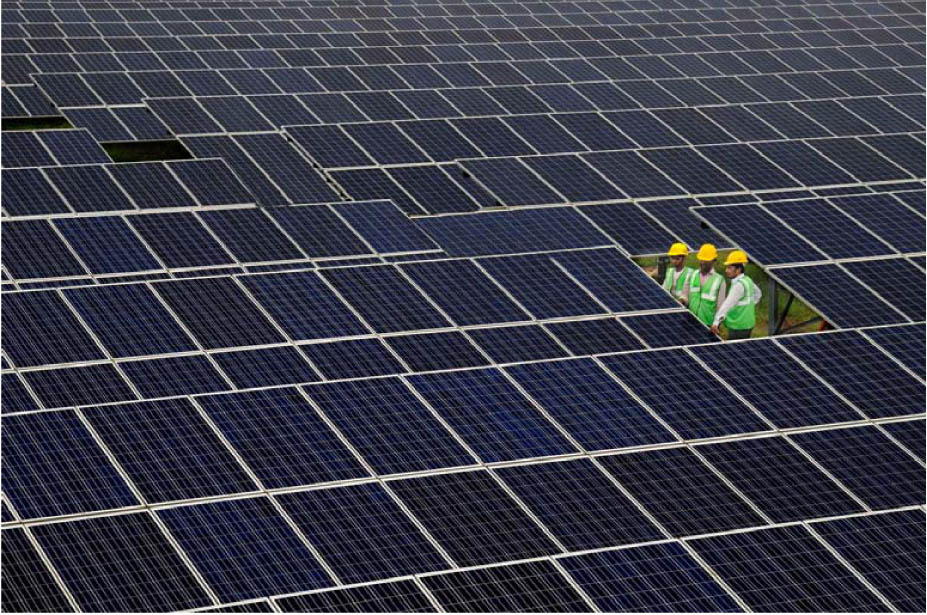A new report by ICRA highlights private renewable power producers selling power under the open access route (third-party or group captive mode) are faced with increasing regulatory constraints. The challenges include an upward revision of open access charges, denial of open access approvals, and tightening energy banking norms. Further, as solar and wind tariffs become competitive, states have either wholly withdrawn or reduced the concessions/incentives on open access charges.
Open access allows large power consumers such as those in the commercial and industrial sector to buy cheaper power from the open market in place of the grid electricity.
Girishkumar Kadam, Senior Vice President & Co-Group Head-Corporate ratings, ICRA, said, “The overall open access charges for third-party based IPPs vary widely across the key states, ranging between INR 2-5 per unit. [These] have shown an increasing trend over the period, given the limited progress in tariff rationalization for the grid tariffs set by the SERCs for the state-owned distribution utilities (discoms).”
Discoms escalate charges in a bid to deter their cross-subsidizing/high tariff paying commercial & industrial (C&I) customers from switching to open access; cross-subsidies are higher charges levied in a State on industrial consumers to lower tariffs for other consumers.
The regulatory headwinds pose a medium-term risk to the renewable capacity addition in the open-access segment, but the demand for such power purchase agreement (PPAs) with commercial and industrial (C&I) customers is favorable, according to Kadam.
“The demand….is supported by tariff attractiveness, given the extent of discount offered in such PPAs against the applicable grid tariffs as well as growing voluntary sustainability initiatives of corporate customers, as seen recently,” he added.
Vikram V, Vice President & Sector Head – Corporate Ratings, ICRA, added, “The credit profile of renewable projects in the open-access segment remains supported by a mix of factors such as relatively better tariff expectations by about INR 1.0 – 1.5 per unit against the tariff discovered in the utility segment and their ability to ensure tariff competitiveness for the C&I customers. Further, the presence of diverse and credit-worthy C&I customers remains another supporting factor for the credit profile of most open access-based IPPs in the ICRA-rated portfolio”.
As per ICRA, the tariff competitiveness for captive group projects is relatively superior due to the non-applicability of cross-subsidy surcharge and additional surcharge (except in Maharashtra) as against third-party sale under open access. However, policy clarity on the proposed amendments in the eligibility criterion concerning the ownership/equity structure for captive group projects is still awaited, and thus, the same remains monitorable.
This content is protected by copyright and may not be reused. If you want to cooperate with us and would like to reuse some of our content, please contact: editors@pv-magazine.com.









By submitting this form you agree to pv magazine using your data for the purposes of publishing your comment.
Your personal data will only be disclosed or otherwise transmitted to third parties for the purposes of spam filtering or if this is necessary for technical maintenance of the website. Any other transfer to third parties will not take place unless this is justified on the basis of applicable data protection regulations or if pv magazine is legally obliged to do so.
You may revoke this consent at any time with effect for the future, in which case your personal data will be deleted immediately. Otherwise, your data will be deleted if pv magazine has processed your request or the purpose of data storage is fulfilled.
Further information on data privacy can be found in our Data Protection Policy.